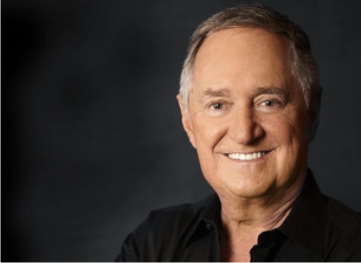
Neil Sedaka was born on March 13, 1939. Neil’s interest in music began at the young age of eight, when he would listen to The Make-Believe Ballroom. But, it was not Rock and Roll, but Classical music that would shape Neil into the musician he is today. By the time he was nine years old, he had already begun his intensive classical piano training at the prestigious Julliard School of Music. At 16, Arthur Rubinstein voted Neil as one of the best New York High School pianists. Though Neil considered pursuing a Doctorate in music, Neil’s next choice became his chosen vocation.
Eager to gain acceptance from his peers at Abraham Lincoln High School, Neil began performing Rock N Roll outside of his classical training. At this time, he would form the Doo-Wop group The Tokens, in which they would record two singles that would go on to be regional hits. But, it was his introduction to his young neighbor Howard Greenfield, by Greenfield’s mother, that began one of the most prolific songwriting partnerships of the last half-century that sold forty million records between 1959-1963.
Sedaka and Greenfield became one of the original creators of the “Brill Building” sound in the late fifties and early sixties when they were the first to sign with Don Kirshner and Al Nevins at Aldon Music. Aldon Music would go on to sign Neil Diamond, Carole King, and Paul Simon among many others, and they became the center of the pop world.
Sedaka catapulted into stardom after Connie Francis recorded his “Stupid Cupid.” She then sang the theme song Neil and Howard had written for the 1960 MGM spring break classic, Where the Boys Are, which would be her biggest hit. Rhythm and blues stars Clyde McPhatter and LaVern Baker also scored hits with his songs. As a result of these hits, Sedaka was able to sign a contract with RCA as a writer and performer of his own material. Sedaka soon recorded chart toppers “The Diary,” “Oh! Carol,” ” Stairway to Heaven,” “Calendar Girl,” “Little Devil,” “Happy Birthday Sweet Sixteen,” “Next Door To An Angel,” and “Breaking Up Is Hard To Do,” songs that have become a part of peoples’ lives and can instantly take listeners back to special moments. His music became distinguished for a unique recording style involving multi-tracking his own voice.


Follow Us